The beauty of Uganda the Pearl of Africa surpasses its natural flora, fauna and landscapes, and includes her Peoples, their cultures historical background. One peripheral aspect of Uganda’s uniqueness lies in her traditional Arts and Crafts. And there is no better place to experience this, than in the remote country sides, where modern technologies have had little to no impact on this crude art and its numerous applications.
Growing up in the country side, I experienced and interacted with this art first hand. Grandmother’s Ot O-lum (Langi name for grass thatched house) made of mud walls, a papyrus thatched roof and dung plastered floor, stood adjacent to boma’s granary. Our toys were made of sisal strands and dry banana fibers. From these, my siblings would weave balls. They did not have money to afford the fancied inflatable leather balls. At the time, I was too young to make out the significance the various art and crafts to our traditions. Neither did could I comprehend how diverse these were in the different parts of the country. With age, I came to realize how inseparable the various types of crafts were to each community. And they are so many, ranging from pottery, wood curving, sculpture, weaving, and painting. In Uganda, traditional art is a way of life. Commercially; the art and crafts industry is a source of employment to a growing number of practitioners both in and out of Uganda. Allow me indulge you on the various traditional art and craft forms common in Uganda.

Pottery in Uganda
Among the Acholi, Atesot and Langi, pottery is predominantly practiced by men. This is however different in other tribes of people. Clay is extracted from pits dug in the swamps. It is then transferred to the workshops and turned into amazing products like cooking pots, water pots, multi-mouthed pots used in ritual ceremonies like libation. Other crafts here include dolls, jars and other clay sculptures. To make the clay products attractive, they are decorated with peculiar designs, and later kilned to make them strong and durable. Some are painted with attractive colors before being transported to markets for sale or bartering.
Weaving in the community
Weaving in Uganda is dominated by the women. It is commonly practiced among the Lugbara, Nubian, Ganda, and Ankole. Products include mats, baskets, and hats sewn out of materials such as sisal, palm leaves, papyrus reeds and elephant grass. This skill is mostly introduced to girls at an early age so that they grow up to perfect it. Men on the other hand weave more technical things like food baskets, granaries and fishing baskets in different shapes and sizes which they decorated with chalk, paint, blood. This is still practiced. Their products can be seen at craft shops and galleries across the country.
Wood curving
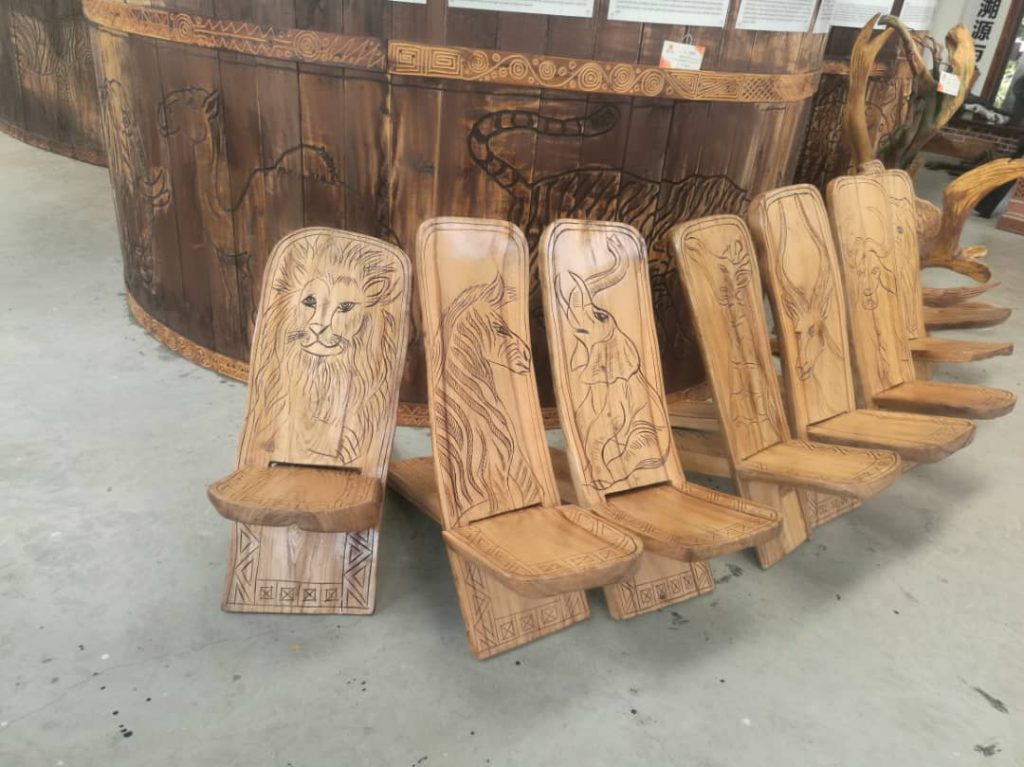
Wood curving and sculpture making is another practice among the traditional crafts men as wood is used for curving products like canoes, the motor and pestle used for pounding food product, and making weapons like shields, arrow, spears, clubs and other. Wood is also used for making home furniture like stools, chairs and thrones for the royal families. The widen thrones are coated with the finest metal like bronze, iron or even gold in rare cases. Sculptures are used in idol worship among traditional African religious believers they are designed to represent gods or the spirits of ancestor. Warrior tribes like the Karamojong curved wood masks which they decorate with multi colored beads and animal feathers as a war attire. Masks are also made out of fine pepper and glue and are often used during traditional dance ceremonies, marriages and coronation of traditional rulers.
Raw Materials
For the Art and crafts industry, Wild nature provides the raw materials. Wild beans, wild gourds, Snail Shells, Tree barks, clay and tree stumps, feathers and even some skins and hides, are still sourced from their natural habitats. Although the growth in animal rights, natural and climate activism has seen an increase in the number of game farming for purposes of extracting skins. Wild gourds are used to make calabashes which are used to store brews, wines and milk and so many other items. Gourds in the ancient time were cut open and used as make plates, or cups from which food, water or wine were served.
The crafts men also harvest the bark of particular tree species like the Fig tree (omutuba) to make specific cloth by beating the bark continuously until it makes a flat surface like a cloth. The Ganda have a very strong cultural connection to the bark cloth. It is used in places of traditional worship and funeral rites as a connection to the ancestors. One can also make clothing, bags, hats and whatever else they wish.
To Ugandans, Art is a lifestyle. Since the old times, animals like elephants were hunted for their tusks. While zebras, cheetahs and leopards, were hunted for their beautiful skin prints. Reptiles like pythons, monitor lizards, crocodiles and snake provided skins, which were used as inputs for items like leather bags, wine skins, sandals, accessories, headdress, crowns, shields and in most cases are used for making musical instruments like drums. Skins are also used in the traditional textile industry for making clothes; the fur from the skin is mostly used for making pillows, fur coats and for decorating other products. Skins from wild animals are used for making traditional clothing, for example in Buganda the Kabaka puts on a leopard skin to symbolize traditional power. Other animal products like mammalian tooth, claws and bones are used for making necklaces, wristbands anklets and other beauteous products. Animal horn are used to make trumpets, flutes while the feathers from the birds are used for designing other products like hats, headdress and crowns as well as bags and other products.
Other things used in the art and craft industry are beads, beans, cowrie shells and snails that are used for decorating other products as well as making necklaces, waistbands, and so on.
Iron Curving
Iron curving is also an important activity in the traditional art and craft industry of Uganda. As early as the sixteenth century, Ugandans discovered how to use iron ore to make iron products, this was common in Bunyoro and the Luo Babito dynasty. It is still practiced up to date. It is a form of employment to the black Smith who uses their formidable skill to turn iron ore into multiple products like spears; arrow heads metal plates, locally made sauce pans, jars and other products. Other minerals other than iron ore were mined and for example the gold among the Karamojong which is used for making beautiful jewelry which is sold at a price. Apart from the precious jewelry and ornaments, mineral in the past times were used for making coins which were minted as a form of exchange currency. Gold bars, iron and brass and copper ore was exported for a living. However much of it was snapped into items of different figure and sold in the crafts market at a price.
Architecture

The other aspect of art and craft is architecture, the shapes of the huts, and the nature of the thatch is another amazing adventure. Huts are built with mud, and in most cases given a circular roof which is thatched with spear grass or papyrus reeds. Among the tribes in northern and eastern Uganda this art of construction is still evident however its rare in central Uganda due to technology advancements. In most cases these hut have a central pillar to hold the roof firm. The mud walls of the house are painted with chalk or lime. Pictures of animals, birds, flags and other imaginary things are drawn to make the hut have a unique exterior view. The interior of the house in most cases is smeared with cow dung and skins of different creatures hang around the walls to give the interior of the hut an exceptional outlook. Painting also is a skill in art and craft that is still cherished up to date. The earliest evidence of paintings are seen in Nyero rock paintings which are believed to have inhabited the first humans in the region of east Africa. Painting of the sun, moon, animals gods are still seen inside the cave of the cultural site.
Stone curving
Stone curving where big rock is curved into images of ancient gods and important personalities is another form of art that should not be ignored. Stone products like the grinding stone, stone gods and idols are some of the products in this field and one is sure to find them displayed in art and cultural centers all over the country. Other forms of art that are worthy a mention are the traditional music instruments like the drums, xylophone, the Adungu and the Akogo which is the Atesot traditional thumb piano, uniquely designed to suit its purpose.
Other things include Cotton weaving to make traditional clothes, this is common among the Karamojong who weave cotton to make beautiful clothes with amazing colors and patterns. Such clothes are in most cases handmade and really good looking compared to the one made in modern textile industries. Other items include bangles, table cloths, headgear, and wrappers.
The art and craft industry has greatly influenced the tourism sector as it attracts people from far and wide to come to Uganda and witness the uniqueness, beauty and diversity of the craft industry. Many of the products have found their way out of the country as they are bought by tourists who later display them in foreign art and craft markets. While on a safari in Uganda, you will have quite a number of chances to visit some of the markets and even better, indulge in making some of these materials.
We are here to enable you experience Art in Uganda. You can send us an email on info@ntungosafaris.com or check out our website www.ntungosafaris.com for great safari offers!
Yours truly
Atim Sheilah -Marketing department- Ntungo Wildlife Safaris Ltd
Book your Cultural trip with us by sending us an email on info@ntungosafaris.com or call us directly on +256 706772990/ +256 701 027620
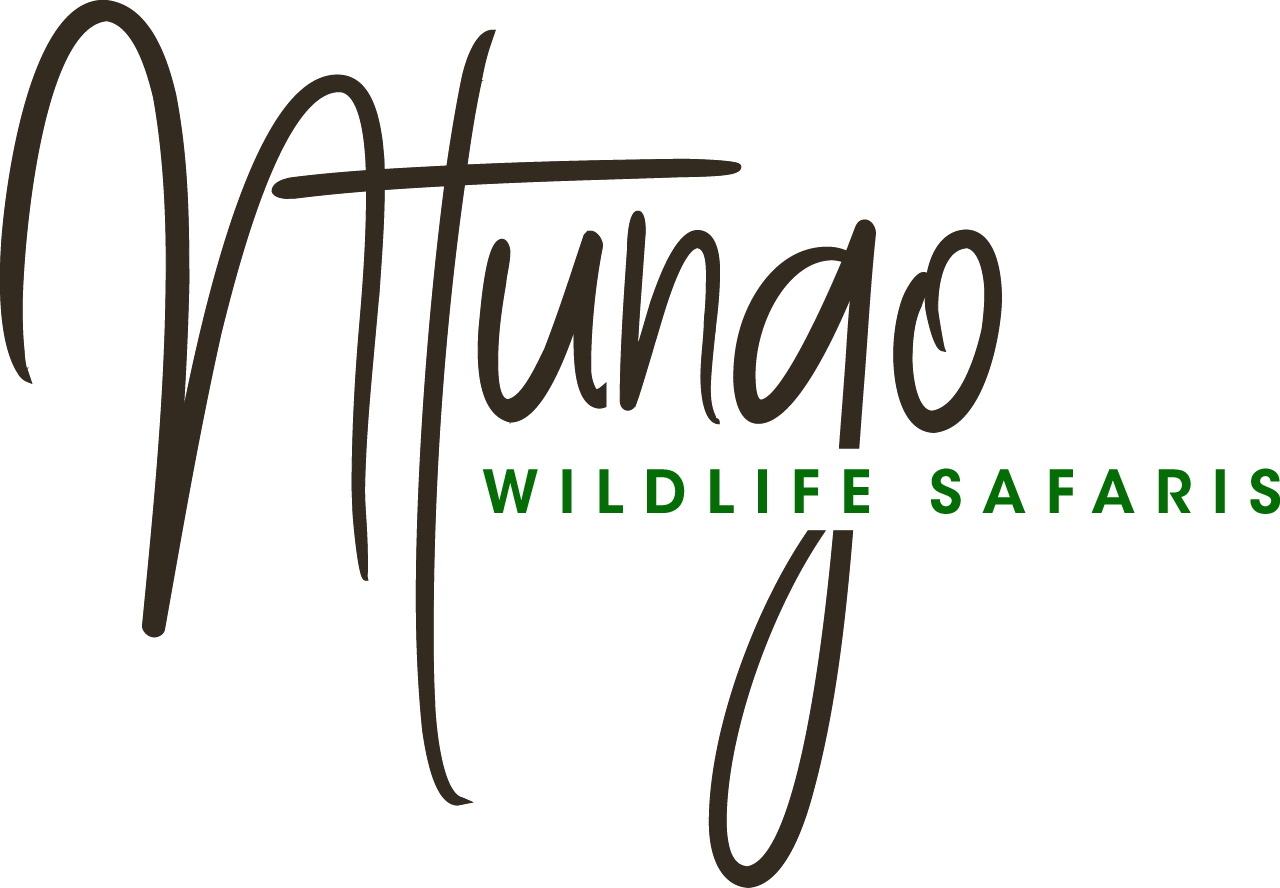

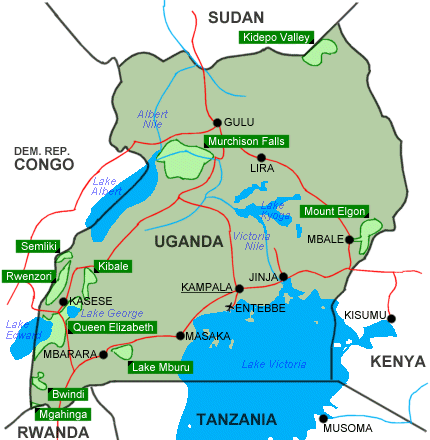
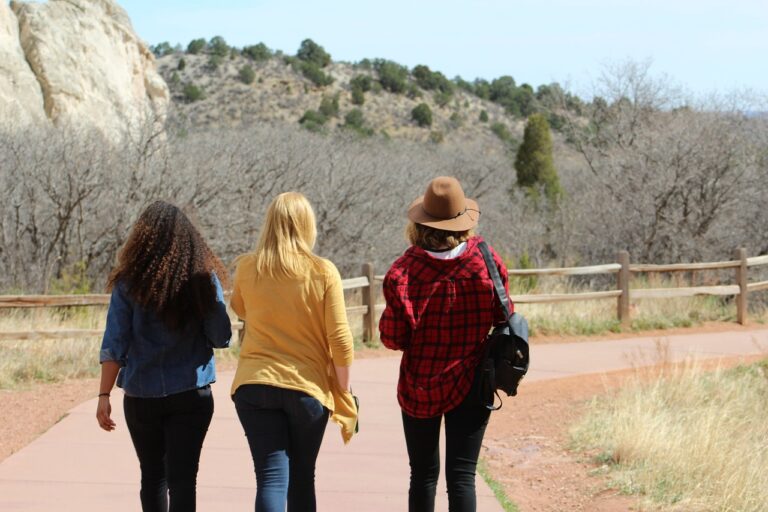
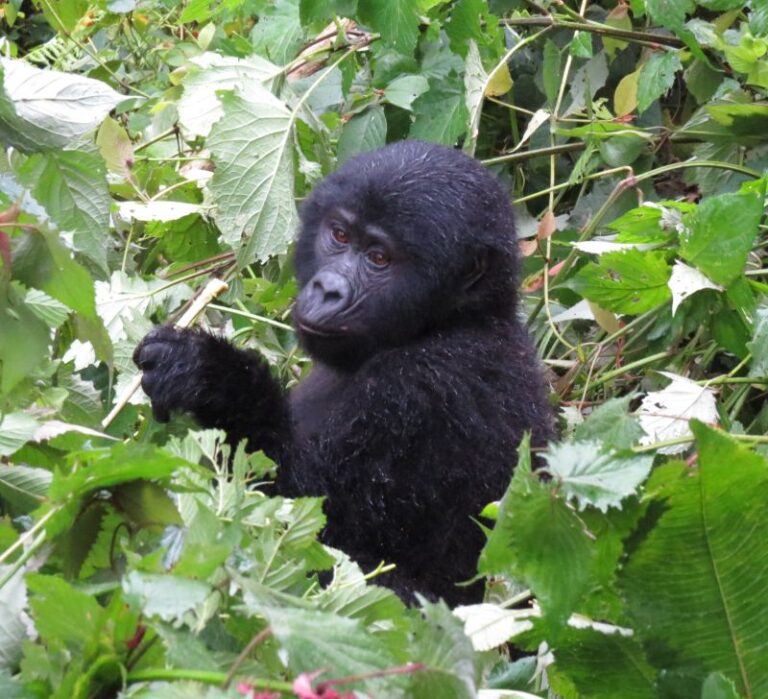
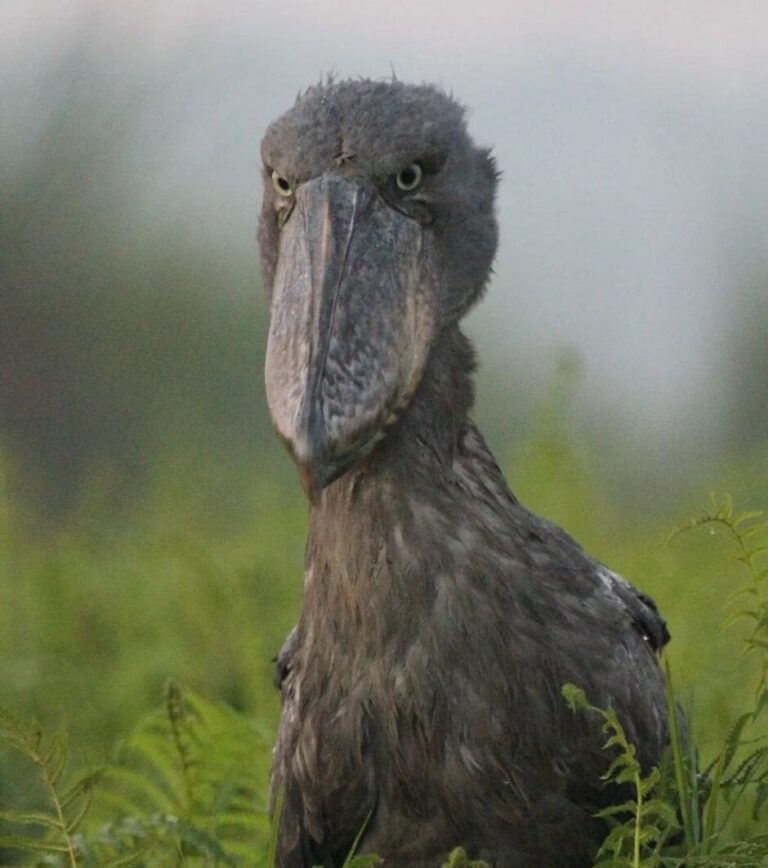
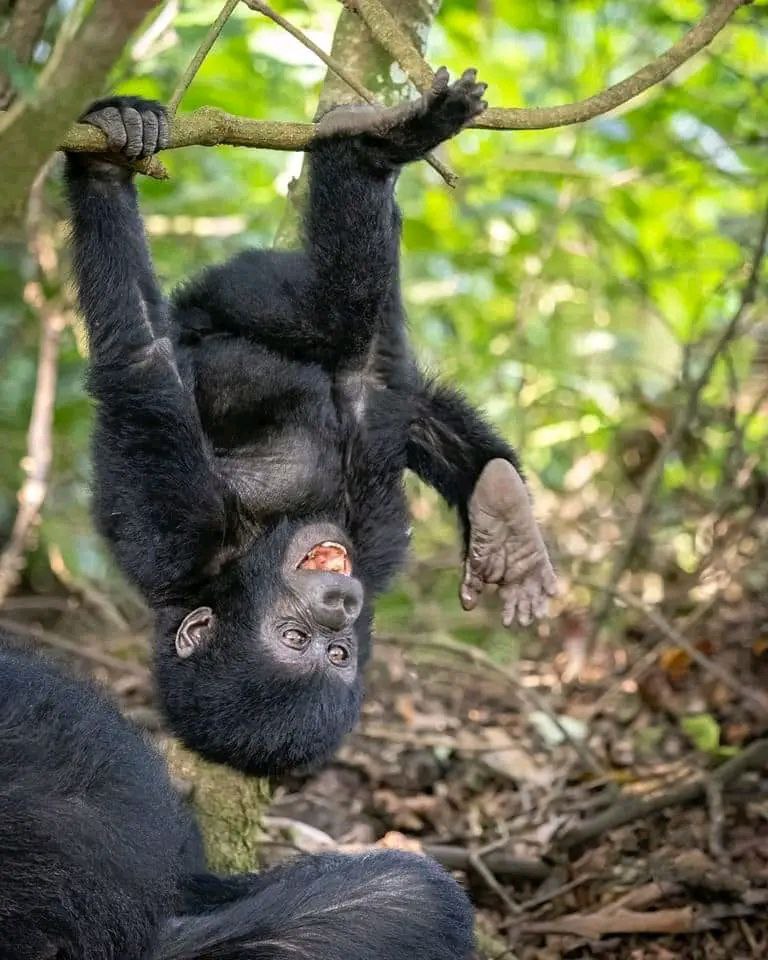

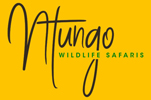
Comments